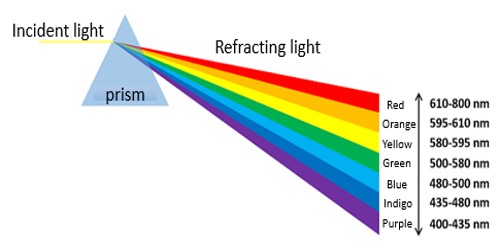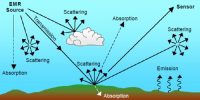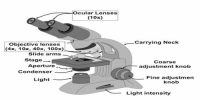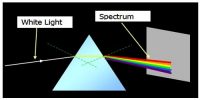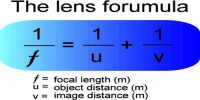Dispersion of Light – Experiment
The phenomenon of splitting a ray of white light into seven fundamental colors while refracting through a prism is called dispersion. The medium in which this type of dispersion takes place is called the dispersive medium.
Successive colors of the seven colors into which a ray of white light is split are Violet, Indigo, Blue, Green, Yellow, Orange, and Red. At one end of these colors there is red and on the other end, there is violet. Between red and violet, there exist other five colors. The sequence of positions of the colors can readily be obtained from the word VIBGYOR formed by taking the first alphabets of the colors.
Experiment: (1) Let A be a small circular hole in an opaque screen, P is a glass prism and let a screen S be there on the other side of the prism at a certain distance [Figure]. When the white ray of light is incident through the small hole, the refracted ray will be split into seven fundamental colors and will form a color band on the screen. One end of this band contains red light and another end contains violet light. Since the refractive index of the material for the prism is different for different colors so this band is created. It will be seen that the angle of deviation of the red light is the minimum and that of the violet light is maximum. Again, the violet light occupies the maximum area in the screen whereat the red light occupies minimum space. The angle of deviation of the yellow light is in between the red and violet light. Hence, its angle of deviation is called the mean deviation and the ray of yellow light is called mean ray.
(2) Keeping the sun behind if water is sprinkled slowly from the mouth containing water, then due to the refraction of light through the water molecules, a rainbow spectrum consisting of seven colors will be seen.
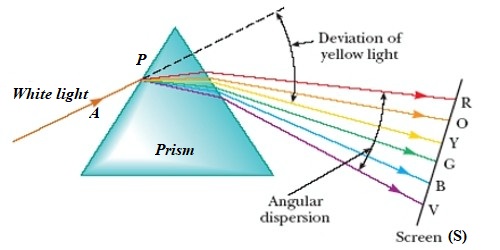
(3) After the incidence of rays of light on water molecules, a rainbow is formed in the sky due to refraction of light. Normally this rainbow is seen on the opposite side of the sun in the sky.
Red, indigo, blue etc colors are called fundamental coolers. This is because that when any one of these colors is passed through a prism no dispersion will occur.
